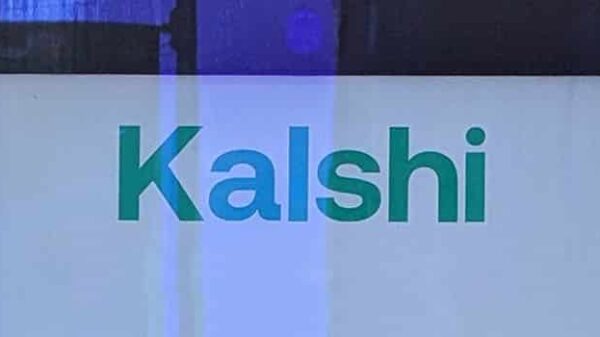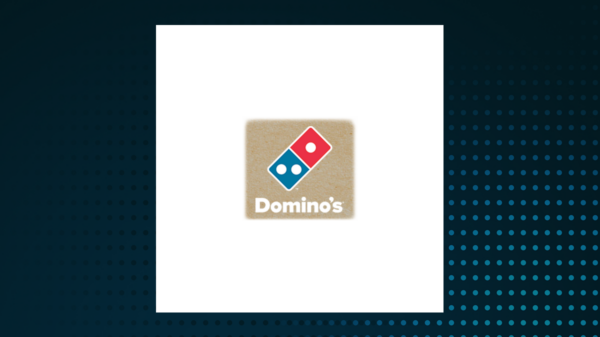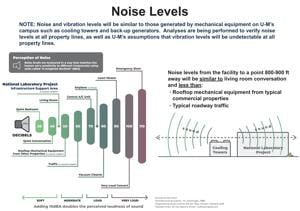In a significant shift towards user-centric documentation, organizations are increasingly adopting DITA Perspectives, an innovative approach that allows for the creation of multi-faceted content tailored to diverse audiences. By leveraging the robust capabilities of DITA (Darwin Information Typing Architecture), these organizations aim to enhance the relevance and usability of their documentation.
Understanding DITA Perspectives
At its essence, DITA is designed to facilitate modular content creation and reuse. Unlike traditional documentation methods, DITA enables writers to develop content as distinct topics, which can be shared and repurposed across various contexts. Within this framework, “Perspectives” offer a strategic approach to presenting content variations that cater to specific audience segments or usage scenarios.
DITA Perspectives focus on adapting information based on varying contexts, such as user roles, geographic locations, or particular needs. By developing content from multiple viewpoints, organizations can ensure that all user segments receive information that resonates with their unique experiences.
Benefits of DITA Perspectives
The implementation of DITA Perspectives presents several advantages:
User-Centric Documentation: By focusing on the specific needs of different user groups, organizations can tailor content for roles such as administrators, developers, and end-users. This targeted approach enhances the relevance and comprehensibility of documentation.
Increased Efficiency: The modular nature of DITA allows teams to create content once and repurpose it across multiple Perspectives. This strategy reduces redundancy, accelerates development times, and ultimately lightens the workload for documentation teams.
Enhanced Localization: DITA Perspectives can streamline the localization process by offering alternative content paths or terminology that align with the target locale. This ensures that users from different regions have access to culturally appropriate and easily understandable information.
Improved Compliance: In regulated industries, it is crucial to tailor documentation to meet various compliance metrics. DITA Perspectives enable organizations to craft specialized content that addresses specific regulatory requirements relevant to different audiences.
Dynamic Content Delivery: With the rise of digital and interactive documentation, DITA Perspectives can be utilized to create dynamic content that evolves based on user inputs or contexts. This feature guarantees that users receive personalized information that enhances their experience.
To effectively implement DITA Perspectives, organizations should consider several best practices. First, conducting thorough audience research is essential. Understanding the needs, pain points, and preferences of target audiences will guide the structuring of Perspectives that resonate with them. Methods such as surveys, user interviews, and data analytics can be valuable in this process.
Next, establishing a clear content taxonomy is vital. This taxonomy should outline the categories of Perspectives to be created, ensuring that content is organized and that different user needs are recognized from the outset.
It is also important to invest in DITA training for documentation teams. Providing training and resources related to Perspectives can empower writers to utilize these capabilities effectively. Additionally, organizing content into reusable components enables teams to maintain consistency and accuracy across Perspectives.
Finally, treating the development of Perspectives as an iterative process is crucial. Implementing feedback mechanisms to gather insights from users and stakeholders allows organizations to adapt their content strategy as necessary.
In conclusion, DITA Perspectives represent a transformative approach to documentation that acknowledges and embraces the diversity of user experiences. By leveraging this capability, organizations can create documentation that is more relevant, user-centric, and impactful, ultimately driving engagement and supporting compliance. As the documentation landscape continues to evolve alongside technological advancements, adopting strategies such as DITA Perspectives will be essential for maintaining clarity and enhancing the user experience. In a world where the flow of information is ever-expanding, DITA Perspectives offer a structured yet flexible means to connect with various audiences and meet their unique informational needs.






































































